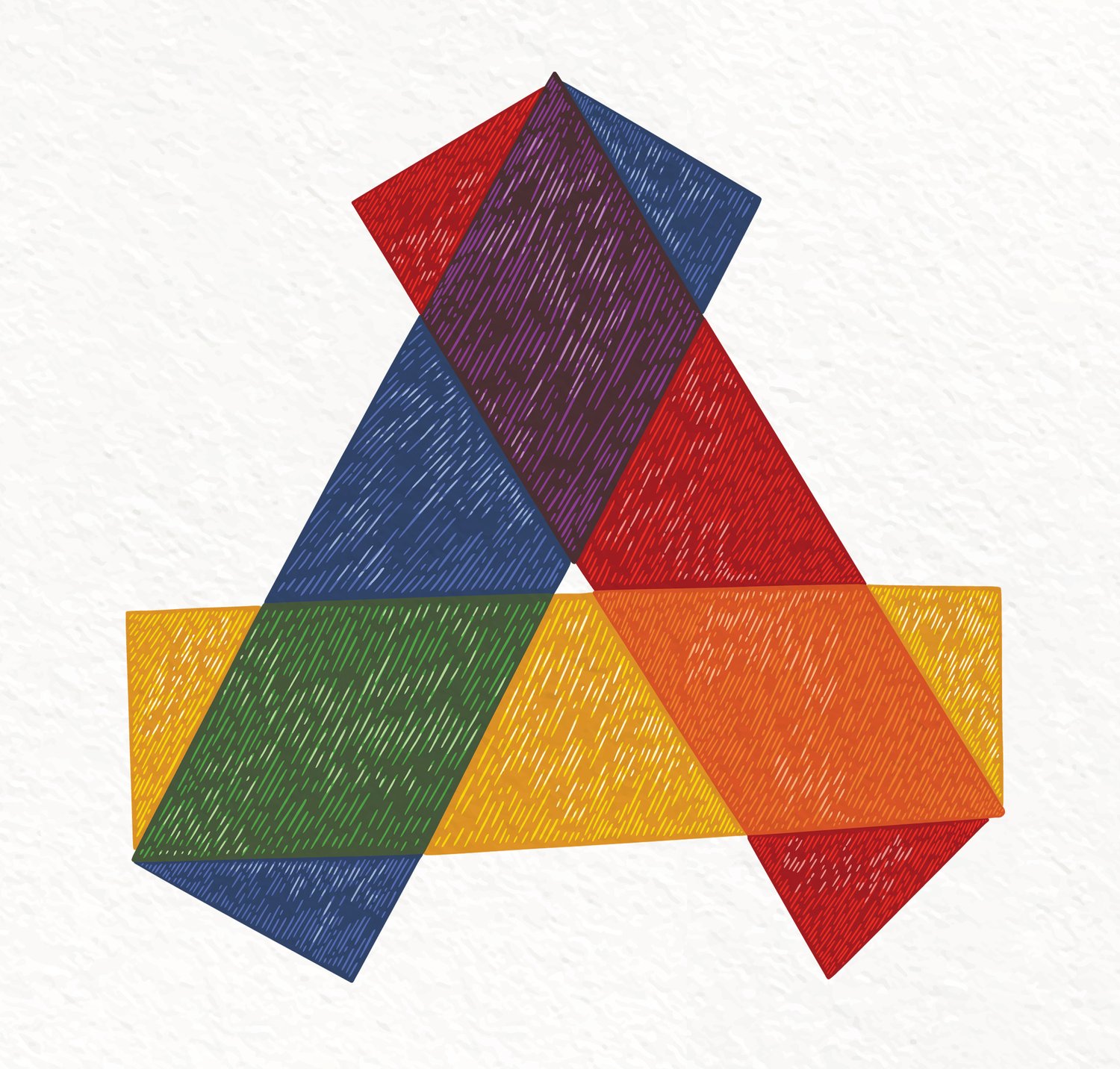A Spotlight on Miniature (Bijou) Water Colour Boxes
The bijou water colour paint box is perhaps the most sought after of all antique and vintage art supplies. The smallest of paintboxes, it is also the rarest and hardest to find.
By the 1850’s artists’ colourmen began to formalise into recognised brands and companies. Companies such as Winsor & Newton and George Rowney dedicated their resources to large-scale innovation of pigments and paints to meet professional painters’ demand for a greater and more stable range of colours. At the same time, the middle class was growing. They had more money and leisure time. Water colour painting was seen as a worthwhile pastime, particularly for women. The artists’ colourmen capitalised on this. They expanded their product lines claiming to have “every requisite for drawing and painting”, produced instruction booklets on painting techniques, and created equipment for a varying range of budgets.
A Victorian Geo Rowney & Co bijou box - sourced by The Arqivist
While oil painting was a complex and cumbersome discipline, with slow drying times and the need for various artist mediums. Water colour was a simpler affair, pigments were mixed with binders and compressed into ceramic pans. The only medium needed was water.
During this time many wooden paintboxes were being replaced with versatile japanned boxes. A huge selection of these black boxes were produced in various shapes and configurations. Light and portable, these boxes offered the ultimate protection for the watercolours stored inside. Perfect companions for travel and plein air painting, the miniature or bijou box was the ultimate expression of Victorian luxury and innovation. These little gems, filled with quarter, rather than half or full pans, could fit inside the palm of a painter’s hand.
An standard sized japanned paint box with space for 16 full water colour pans. Image taken from a Winsor and Newton Catalogue of 1852
These original ultra-portable miniature paintboxes of the Victorian era were handmade out of metal by craftsmen in workshops. They featured several innovations including the thumb ring, which enabled the painter to hold the box safely and securely without fear of dropping it. There was often a metal flap that folded into the box as it was closed. When opened out this doubled as a little palette, as does the lid of the box. The boxes would also have a thin golden plate with the company name and address. Configurations of quarter pan paints include two rows of nine by Reeves & Sons; two rows by five by Barnard & Sons; one row of eight by Lechertier Barbe; and two rows of eight with no compartment for a paintbrush by Geo Rowney.
A Victorian J Barnard & Son bijou box - sourced by The Arqivist
By the early 1900s, manufacturers were producing a more uniform style of box, know as quarter pan or diminutive boxes. The paints were always artists’ quality and the boxes usually contained one small sable brush. They remained as cute and desirable as ever.
The quarter pan or diminutive box in the 1910 Reeves and Son Art Materials Catalogue
The legacy of these miniature paint boxes continued through the late 1900s, with all variations of Winsor & Newton’s bijou box with moist artists’ colour. These were still produced by hand but now came both black and white (called "ivory finish”) enamelled metal.
As a stockist of antique art materials, The Arqivist always strives to have several bijou boxes in stock. Some of the boxes still have their original paints, some are empty. If purchasing the box as a keepsake they can be left as is. If it is to become a working paint box the original paints can be used or you can fill empty quarter pans with watercolours from a tube, or half pans can be carefully cut to size if the box is empty. Whatever the configuration they will be a piece to cherish for life.





